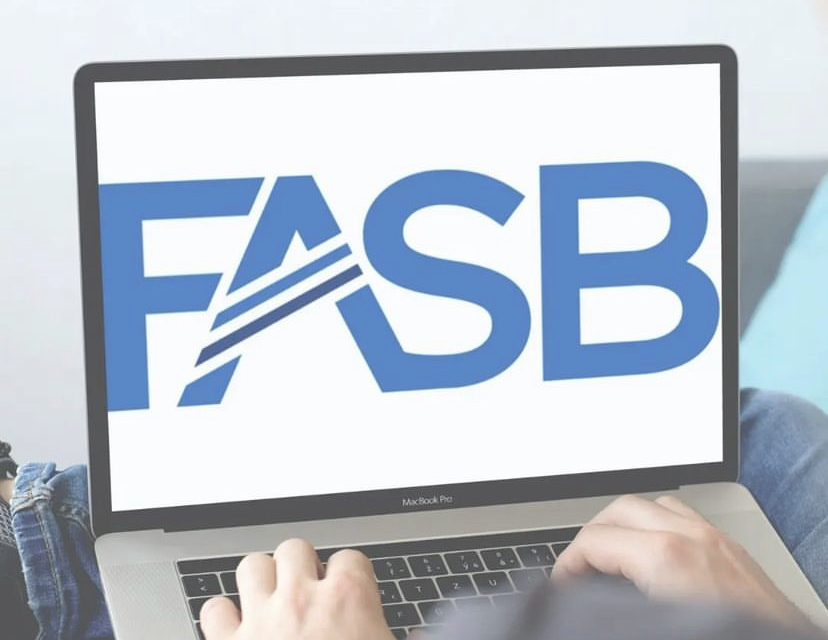From the June 2020 Issue.
Generally, at this time of year, we would have both business and personal tax deadlines behind us. With deadlines extended to July 15 because of the COVID-19 pandemic, many firms had a disrupted cadence this tax season. Typically by now, you would have completed your post-tax season debrief, looked at the remaining workload, and developed a strategy to complete all remaining work and begin considering new tax solutions that fit your firm and your clients.
Some of you are handling 2020 like any other year. Your firm tried to hit both the business and personal tax deadlines the best you could. Others of you were swamped with the frenzy of advisory work for SBA and PPP loans, distracted from your standard tax compliance work. Now you are trying to complete those returns that you would typically have done by the deadline. Several firms set the reasonable, self-imposed deadline of June 1, so that team members could have more free time in the summer.
When Do You Define the Future of Your Tax Department?
In 2019, the Tax Cuts and Jobs Act (TCJA) disrupted the tax season, with many claiming that it was the worst tax season ever, with the most common word heard describing the conditions as “brutal.” In 2020, the COVID-19 pandemic made work-at-home common. Workflow, document management, 1040 Workpaper automation, portals, eSignature, and other technologies made work-at-home easier. Did these forced conditions make you re-think your strategies?
While tax practices range from low to high volume, complexity, and variety, only you know the needs of your tax practice. What types of returns do your team have the skills to complete effectively and efficiently? Do your “A” clients have requirements that you have trouble meeting? During the past tax season, what steps were clumsy or time-consuming? Are there new services you should offer and are there services that you should stop offering because they are not profitable, or where you do not have sufficient time to maintain your expertise?
Several vendors have delayed the introduction of their new technologies because they recognize that with the July 15 deadline, firms will not be ready to contemplate new or updated products. These changes in timing will result in a shortened selling season for the vendor. Your firm will suffer a compressed timeframe for you to consider your options. Oddly, just what we need is more compression in addition to the tax season compression of the last few years. Possibly worst of all, implementation resources will be stretched during an uncertain presidential election year.
Wise advisors, probably including you, tell clients to do what is right for the long-term, whether that is in your business or for yourself. While you should not ignore the current conditions, this may be the ideal time to invest in new technologies to prepare you for the “new normal” future. On the other hand, clients may struggle, and their businesses may fail, reducing your income opportunities. We know of firms that have reduced staff and cut partner compensation significantly. Spending precious capital right now may not be the wisest. On the other hand, this may be the perfect time for your firm to make a move.
And What Tools Help Us Manage This New Tax Practice?
We covered Practice Management in last month’s column. Having the right practice management tools in place is certainly a reasonable starting place. But Practice Management software is only part of what is needed to manage a group of tax professionals. Other tax tools should include:
- Productivity software with Microsoft 365 (formerly Office), Zoho One, or G Suite
- Tax preparation with CCH Axcess Tax, CCH ProSystems fx Tax, DrakeTax, Intuit Lacerte, Thomson Reuters UltraTax CS, or other professional products.
- Electronic tic marks with CCH ProSystem fx PDFlyer, Doc-It, or SafeSend TicTie Calculate supported by your subscription to Adobe Acrobat Pro DC
- Document management with Doc-It, CCH Axcess Document, or GoFileRoom
- 1040 Workpapers with CCH Scan with Autoflow, Doc-It, GruntWorx Populate, SurePrep 1040Scan, or Thomson Reuters Source Document Processing
- Portals with CCH Axcess Client Collaboration, Doc-It, or SurePrep Tax Caddy
- Workflow with XCM, CCH Axcess Workstream, or FirmFlow
- eSignature with SafeSend Returns, Citrix RightSignature, or by enabling knowledge-based authentication (KBA) eSignature available with CCH eSign, Doc-It, Intuit eSignature Powered by DocuSign, Thomson Reuters UltraTax CS eSignature, or other professional products.
- Tax planning with BNA, CCH, or Thomson Reuters
- Tax research with BNA, CCH IntelliConnect, or Thomson Reuters Checkpoint
- Sales and Use Tax compliance with Avalara, ONESOURCE, Sovos, or VERTEX
- And more
You can choose to remain in a family of products from the major publishers of Wolters Kluwer, Thomson Reuters, or Intuit. Note that all of these publishers have introduced new generation tax preparation products with CCH Axcess Tax, Intuit ProConnect Tax, Thomson Reuters Onvio Tax. If you have not converted to the latest technology, you will face this choice over the next few years. However, it is more likely that you will mix and match from the list of tax tools above in 2020 to prepare for 2021. Again, please consider the client experience, your team members’ experience, as well as the effectiveness of your firm to work together.
Decide the Right Thing To Do
Although I have said it before, repeating now has merit. Accounting firms change tax software as often as they change major world religions or physicians. Firms only change when they must. There are costs of changing that include re-training, conversion, and features that are gained or lost. You will change tax preparation software soon if you have not done so already.
Consider the many options listed above. While there are three to five options listed in every category, you should choose and focus on one. If you have not considered alternatives in a while, you should certainly look at the competitors to the product you have. Create a grid of options, prioritize which products you can implement as a project. During the project, make sure to plan for proper setup, data conversion, process modifications, training for your team, and documentation to support your clients where they can see changes made by your firm.
Do not tackle too much change at once. However, note that eleven categories were listed. There may be more specialized tax needs in your firm, or you might have a few less. However, you cannot wait eleven years to make all these changes. Even if you only chose two a year, five years is way too slow to be competitive with your technology tools. While you are unquestionably considering not changing anything because there are too many choices, remember that a muscle that is not used atrophies.
Is your firm so out of shape that you cannot exercise? And you know what happens to your body when you eat right and exercise. What do you think happens to your firm when you feed it the right tools and training? What is your future vision of your tax practice? Do you want to be fit and competitive, or do you prefer the alternatives?
Thanks for reading CPA Practice Advisor!
Subscribe Already registered? Log In
Need more information? Read the FAQs
Tags: Accounting, Advisory, Firm Management, Technology





